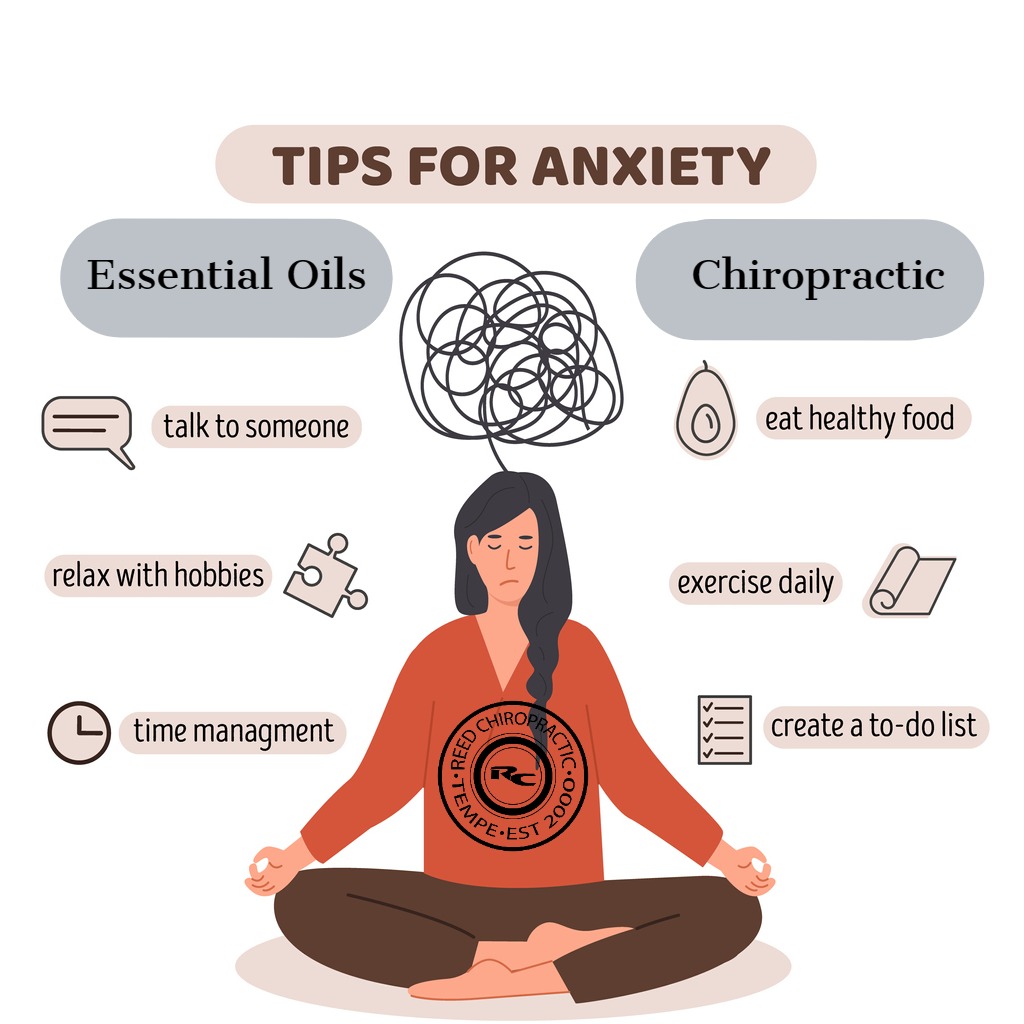
Walking for Health and Longevity
Most people are aware of the benefits of regular exercise. But are you aware that one of the easiest and least expensive exercise habits to maintain is walking? Walking for Health and Longevity is anything from a stroll around the park to a brisk mile can positively affect your health!
This blog will focus on the benefits found from routine walking, as well as options to stay moving in increasingly sedentary life and work styles. Here at Reed Chiropractic, we agree with the recommended 7,000 to 10,000 steps a day, as advised by Dr. Mercola.
For more info about Walking for Health and Longevity, check out the information below. We’ll talk about taking more steps, decreasing sitting, and exploring options for modifying existing exercise routines.
Too Much Sitting
According to Dr. Mercola, “Committing to sitting less is more of a mindset than a physical feat.” It takes a concerted effort to revise routines to limit sitting activities. However, to make life changes, it’s important to consider the implications of remaining sedentary.
- Sitting for too long has been found to increase your risk of death from virtually all health problems, from type 2 diabetes and heart disease to cancer and all-cause mortality
- The average American spends 9-10 hours of their day sitting, and certain occupations spend an average of 12 hours sitting each day
- Chronic sitting has a mortality rate similar to smoking
- When you stop moving for extended periods of time, it’s like telling your body it’s time to shut down and prepare for death
- Inactivity is the fourth biggest killer of adults worldwide, responsible for 9% of premature deaths
There are very few benefits to sitting for long; in fact, it’s actually detrimental to your health and longevity. It’s important that more people recognize this fact to institute healthier practices across the board.
One of the best ways to cut down on your sitting is to develop an exercise routine. Regular walking doesn’t require any preparation and is a great place to start!
This video from Dr. Mercola talks about problems from too much sitting:
<iframe width=”560″ height=”315″ src=”https://www.youtube.com/embed/uiKg6JfS658″ frameborder=”0″ allow=”accelerometer; autoplay; encrypted-media; gyroscope; picture-in-picture” allowfullscreen></iframe>
Walk More!
Walking is the best option for people due to its ease and availability. The average person can find some environment which allows for walking on a daily basis and it’s important to use those times to stay active.
The benefits of walking are tremendous!
- Walking for 20 to 25 minutes per day has been found to add anywhere from three to seven years to your life span. Smokers may also increase their life span by nearly four years by walking regularly
- It is beneficial for chronic disease suffering such as obstructive pulmonary disease and cardiovascular disease
- Lowers your risk of Type 2 diabetes, depression, dementia, hormonal imbalances, arthritis, PMS, thyroid disorders, fatigue, varicose veins and constipation
- Increases in “good” cholesterol
- Improves sleep
- Better muscle and bone strength
Please keep in mind that the more you walk, the more benefits you’ll find.
The recommended steps would be 10,000, but the timeframe does show to make a difference “…after 30 to 45 minutes, you’re really oxygenating your whole body, burning more fat, strengthening your heart and cardiovascular system, and boosting your immune function.”
Walking is a safe exercise, but here are some suggestions to consider:
- Use a good pair of flat shoes with adequate arch support
- Stretch before beginning
- Begin slowly to acclimate, increase pace and distance gradually
- Make use of every opportunity to stay active
- Drink plenty of fluids
- Try out a fitness tracker
Walking vs. Other Exercise
Interestingly enough, regular walkers have been studied compared to other traditional exercisers and there are more benefits to walking, alone. Walking for Health and Longevity is a great option!
According to certain studies, “People who regularly walked briskly for more than 30 minutes generally weighed less than those who hit the gym on a regular basis and/or exclusively did high-intensity workouts. According to the press release, these results were “particularly pronounced in women, people over 50 and those on low incomes.”
There are multiple ways to incorporate more movement into your daily schedule. You can make modifications to your existing routine in ways like using the stairs or parking your vehicle further away from the front door. You can also ask for a standing desk at work or a treadmill desk, when available.
Another option would be to try walking backwards! There are muscles and positions which dramatically increase the benefits from walking by walking backwards. However, it is necessary to be conscious of the walking environment and the method used. Beginning a practice like this is risky at first and should be carefully done.
Wrap Up
It’s easy to see the many benefits of walking and limiting your sitting. Utilizing exercise to help your healthy lifestyle begins with having the right mindset. Making the decision to stay active and sticking to that commitment will pay off in the end, as studies have shown.
You can begin by taking small steps in the right direction, like 20-30 minutes of walking a day or trying to move around for 10 minutes every hour. Gradually, working in more exercise will add more benefits, but it is essential to discuss more rigorous routines with a healthcare provider to physical therapist.
Take the time needed to establish the right exercise routine for yourself and your health goals. Then, stick to those goals and your body will strengthen and appreciate Walking for Health and Longevity. Always remember “It’s Easier to Stay Well than to Get Well!”
Reed Chiropractic
250 West Baseline Road, Suite 107
Tempe, Arizona 85283










